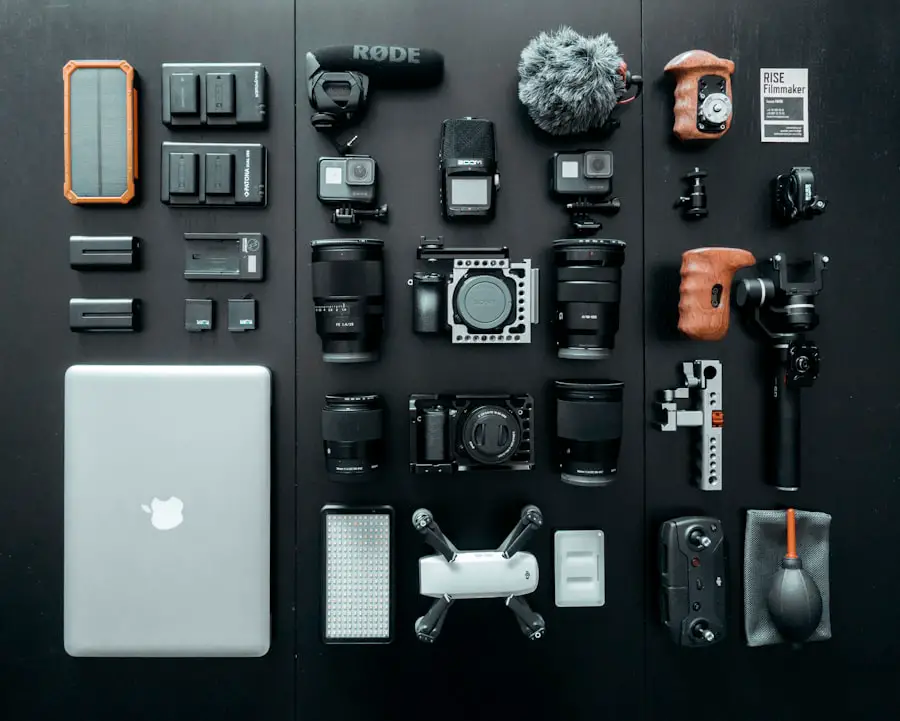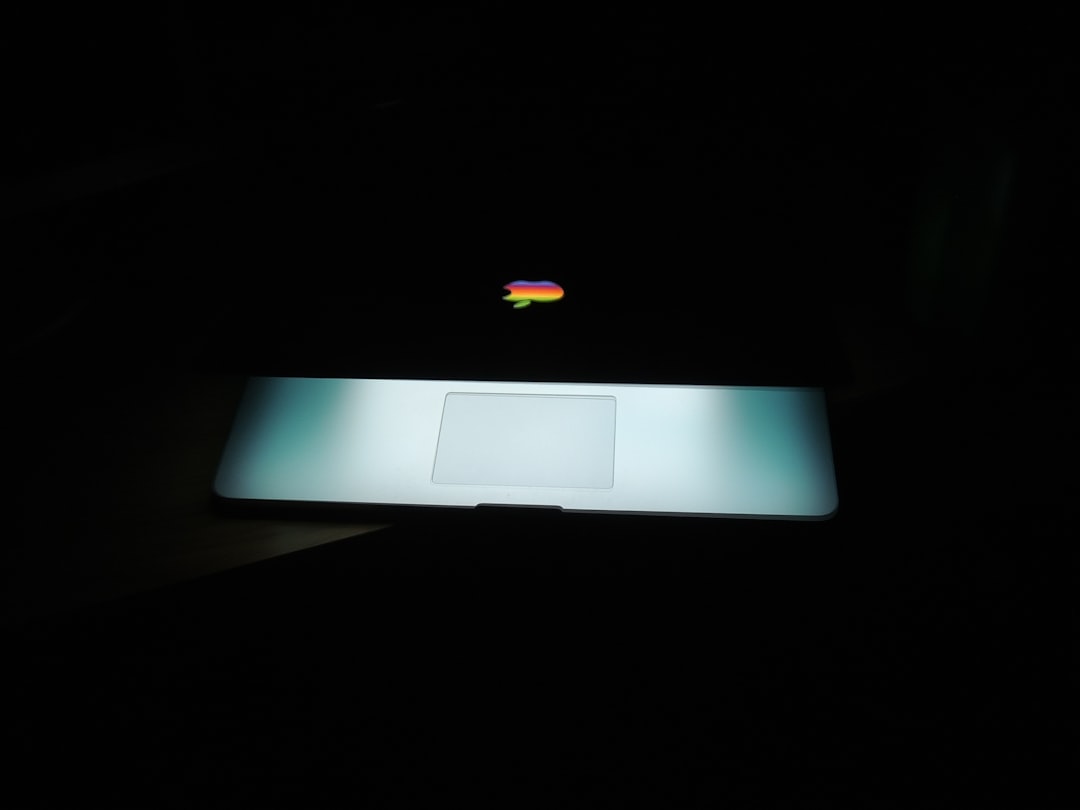Random Access Memory (RAM) is a critical component of any computer system, including the MacBook Pro. It serves as the short-term memory of the device, allowing for quick access to data that the CPU needs to perform tasks efficiently. Unlike long-term storage solutions such as SSDs or HDDs, which retain data even when the computer is powered off, RAM is volatile memory.
This means that it loses its contents when the power is turned off. The primary function of RAM is to provide fast read and write access to a storage medium that the CPU can utilize to execute programs and manage active processes. The importance of RAM cannot be overstated, especially in a multitasking environment.
When you run multiple applications simultaneously, each program requires a certain amount of RAM to function effectively. If your MacBook Pro has insufficient RAM, it may struggle to keep all these applications running smoothly, leading to slow performance, application crashes, or even system freezes. Upgrading your RAM can significantly enhance your device’s performance, allowing for smoother multitasking, faster application launches, and an overall more responsive user experience.
For creative professionals who rely on resource-intensive applications like video editing software or graphic design tools, having adequate RAM is essential for maintaining productivity and efficiency.
Key Takeaways
- RAM (Random Access Memory) is a crucial component of your MacBook Pro, as it allows your computer to run multiple applications simultaneously and access data quickly.
- Check the compatibility of the RAM with your specific MacBook Pro model to ensure it will work properly and efficiently.
- Consider your usage needs when determining the right amount of RAM for your MacBook Pro, as more RAM allows for smoother multitasking and better performance.
- Choose the right RAM speed based on your usage requirements, as faster RAM speeds can improve overall system performance.
- Consider the type of RAM (DDR3, DDR4, etc.) that is compatible with your MacBook Pro and offers the best performance for your needs.
- Understand the difference between dual-channel and single-channel RAM configurations, as dual-channel can provide a performance boost for certain tasks.
- Consider the brand and quality of the RAM, as reputable brands and higher quality RAM can offer better reliability and performance.
- Set a budget for your RAM upgrade and consider the cost in relation to the performance benefits it will provide for your MacBook Pro.
Compatibility with Your MacBook Pro Model
Identifying Your MacBook Pro
Additionally, some MacBook Pro models have soldered RAM that cannot be upgraded at all, such as the 2016 and later versions. Therefore, it is crucial to identify your model accurately before purchasing new RAM. To determine your MacBook Pro model, you can click on the Apple logo in the top-left corner of your screen and select “About This Mac.” This will provide you with detailed information about your device, including the model year and specifications.
Determining RAM Compatibility
Once you have this information, you can consult Apple’s official documentation or third-party resources to find out the maximum supported RAM for your model and the type of RAM it requires. This step is vital because installing incompatible RAM can lead to system instability or failure to boot.
Avoiding Incompatible RAM
Determining the Right Amount of RAM for Your Needs

The next consideration in upgrading your MacBook Pro’s RAM is determining how much memory you actually need. The amount of RAM required can vary significantly based on your usage patterns and the types of applications you run. For general tasks such as web browsing, word processing, and streaming media, 8GB of RAM may suffice.
However, if you frequently engage in more demanding activities like video editing, 3D rendering, or running virtual machines, you might find that 16GB or even 32GB is necessary to maintain optimal performance. To assess your specific needs, consider the applications you use most often and their memory requirements. For example, professional video editing software like Final Cut Pro or Adobe Premiere Pro can consume substantial amounts of RAM during rendering processes.
Similarly, if you are a developer running multiple virtual machines or containers for testing purposes, having additional RAM can significantly improve your workflow by allowing these environments to operate concurrently without slowdowns. Monitoring your current RAM usage through Activity Monitor can also provide insights into whether you are frequently maxing out your available memory.
Choosing the Right RAM Speed
| RAM Speed | Performance | Price |
|---|---|---|
| DDR4-2133 | Basic performance | Affordable |
| DDR4-3200 | Good performance | Moderate |
| DDR4-3600 | High performance | Expensive |
In addition to capacity, the speed of the RAM is another critical factor that can influence performance. RAM speed is measured in megahertz (MHz) and indicates how quickly data can be read from or written to memory. Higher-speed RAM can lead to improved performance in certain scenarios, particularly in tasks that require rapid data access.
For instance, if you are using applications that rely heavily on memory bandwidth—such as gaming or video editing—opting for faster RAM can yield noticeable benefits. However, it is essential to note that the speed of the RAM must be compatible with your MacBook Pro’s motherboard and CPU capabilities. Each model has a maximum supported speed; installing faster RAM than what your system can handle will not provide any performance gains and may even lead to instability.
Therefore, when selecting RAM speed, refer to your model’s specifications to ensure that you are choosing a speed that aligns with its capabilities while also considering your performance needs.
The type of RAM is another crucial aspect to consider when upgrading your MacBook Pro’s memory. Different generations of RAM technology offer varying levels of performance and efficiency. For example, DDR3 (Double Data Rate 3) was widely used in older MacBook Pro models and provides decent performance for general tasks.
However, newer models utilize DDR4 (Double Data Rate 4), which offers higher bandwidth and improved power efficiency compared to its predecessor. When upgrading your RAM, it is vital to choose the correct type that matches your MacBook Pro’s specifications. Installing DDR4 in a system designed for DDR3 will not work due to physical differences in the modules and their respective slots.
Additionally, DDR4 typically operates at lower voltages than DDR3, which can lead to better battery life in portable devices like laptops. Understanding these distinctions will help you make an informed decision when selecting new memory modules for your MacBook Pro.
Another important consideration when upgrading your MacBook Pro’s RAM is whether to opt for dual-channel or single-channel configurations. Dual-channel memory allows for two memory modules to work simultaneously, effectively doubling the data transfer rate compared to a single-channel setup. This configuration can lead to improved performance in memory-intensive tasks by providing greater bandwidth for data access.
For optimal performance, it is generally recommended to install RAM in matched pairs—meaning two identical modules in terms of size and speed—to take full advantage of dual-channel architecture. If you currently have a single module installed and are looking to upgrade by adding another stick of RAM, ensure that both modules are compatible in terms of specifications to avoid potential issues with stability or performance. In scenarios where dual-channel configurations are not possible due to mismatched modules or insufficient slots, single-channel setups can still function adequately but may not deliver the same level of performance enhancement.
Considering the Brand and Quality of RAM
When selecting RAM for your MacBook Pro upgrade, brand reputation and quality should not be overlooked. Not all memory modules are created equal; some manufacturers have established themselves as leaders in reliability and performance within the industry. Brands like Crucial, Corsair, Kingston, and G.Skill are well-regarded for producing high-quality memory products that often come with warranties and customer support.
Choosing reputable brands can provide peace of mind regarding compatibility and reliability. High-quality RAM modules are typically subjected to rigorous testing during manufacturing to ensure they meet specific performance standards and are less likely to fail over time. Additionally, many reputable manufacturers offer lifetime warranties on their products, which can be an essential factor if you encounter issues down the line.
Investing in quality RAM from trusted brands can ultimately save you time and money by reducing the likelihood of needing replacements or experiencing system instability.
Budgeting for Your RAM Upgrade

Finally, budgeting for your RAM upgrade is a crucial step in the process. The cost of RAM can vary significantly based on factors such as capacity, speed, type, and brand. Generally speaking, higher-capacity modules with faster speeds will command higher prices.
It’s essential to set a budget that aligns with your needs while also considering potential future upgrades. When planning your budget, research current market prices for different types of RAM compatible with your MacBook Pro model. Prices can fluctuate based on demand and availability; therefore, it may be beneficial to monitor trends over time or look for sales events that could offer discounts on memory products.
Additionally, consider whether you want to purchase a single module now with plans for future upgrades or invest in a complete set of matched pairs upfront for optimal performance right away. In conclusion, upgrading your MacBook Pro’s RAM involves several considerations that can significantly impact its performance and usability. By understanding the importance of RAM, ensuring compatibility with your specific model, determining the right amount based on your needs, choosing appropriate speed and type, considering dual-channel configurations, selecting reputable brands, and budgeting wisely for your upgrade, you can make informed decisions that enhance your computing experience for years to come.
If you are wondering how much RAM you need in your MacBook Pro, you may want to check out this article on appssoftwares.com that discusses the importance of RAM in optimizing your laptop’s performance. Understanding the right amount of RAM for your specific needs can help you make the most out of your MacBook Pro’s capabilities. For more information on tech-related topics, you can visit their website or reach out to them through their contact page.
FAQs
What is the recommended amount of RAM for a MacBook Pro?
The recommended amount of RAM for a MacBook Pro depends on the specific use case. For general use, 8GB of RAM is sufficient, but for more demanding tasks such as video editing or graphic design, 16GB or more is recommended.
What are the benefits of having more RAM in a MacBook Pro?
Having more RAM in a MacBook Pro allows for smoother multitasking, faster performance when running multiple applications simultaneously, and better handling of memory-intensive tasks such as video editing, 3D rendering, and virtual machine usage.
Can you upgrade the RAM in a MacBook Pro?
In newer MacBook Pro models, the RAM is soldered onto the logic board and cannot be upgraded. However, in older models, the RAM can be upgraded by a certified technician or through DIY methods, but it may void the warranty.
What happens if you don’t have enough RAM in a MacBook Pro?
If a MacBook Pro does not have enough RAM, it may experience slowdowns, lag, and performance issues when running multiple applications or memory-intensive tasks. The system may also rely more heavily on virtual memory, which can further degrade performance.
How does the amount of RAM affect the price of a MacBook Pro?
The amount of RAM in a MacBook Pro can affect the price, with higher RAM configurations typically costing more. It’s important to consider the intended use of the MacBook Pro and choose the appropriate amount of RAM to balance performance and cost.
